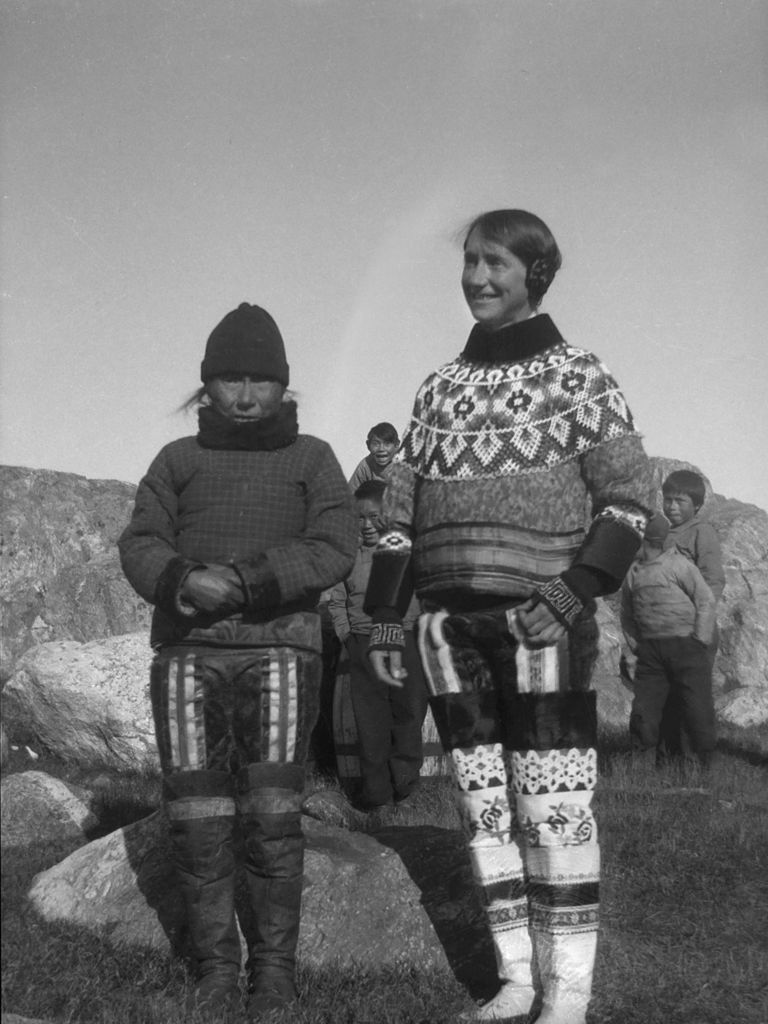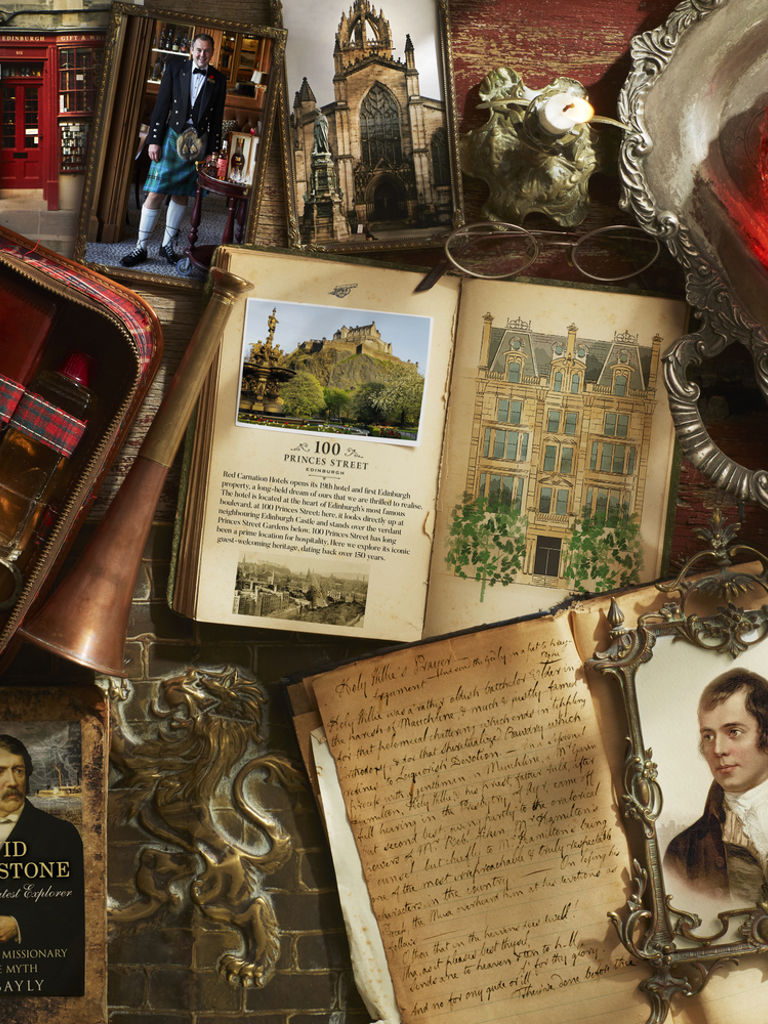
Isobel Wylie Hutchison: Botanist and adventurer
Historian Jo Woolf explores the history of Isobel Wylie Hutchison, a Scotswoman whose love of wildflowers led her to travel solo across the Arctic.

Historian Jo Woolf explores the history of Isobel Wylie Hutchison, a Scotswoman whose love of wildflowers led her to travel solo across the Arctic.
Learn more about our 100 Princes Street development and our plans to incorporate the histories of Scottish explorers.
Discover more